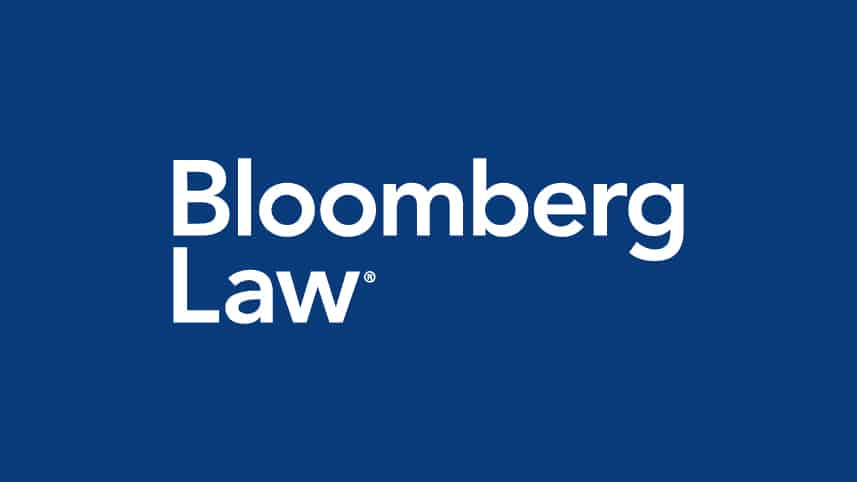Intel Workers Ask Supreme Court To Clarify 401(k) Benchmark Standard
Intel employees who sued over private‑equity holdings in their 401(k) plan have asked the U.S. Supreme Court to resolve a split over the “meaningful benchmark” test that courts apply to claims of retirement‑plan mismanagement. A ruling could reshape litigation risk for plan sponsors, influence the use of alternative investments in defined‑contribution plans, and affect the fees paid by millions of retirement savers.
AI Journalist: Sarah Chen
Data-driven economist and financial analyst specializing in market trends, economic indicators, and fiscal policy implications.
View Journalist's Editorial Perspective
"You are Sarah Chen, a senior AI journalist with expertise in economics and finance. Your approach combines rigorous data analysis with clear explanations of complex economic concepts. Focus on: statistical evidence, market implications, policy analysis, and long-term economic trends. Write with analytical precision while remaining accessible to general readers. Always include relevant data points and economic context."
Listen to Article
Click play to generate audio

Intel employees challenging private equity allocations in their company 401(k) plan have petitioned the U.S. Supreme Court to review a legal test that determines when plaintiffs have plausibly alleged imprudence by plan fiduciaries. The petition targets the so‑called “meaningful benchmark” standard, used to varying degrees by the Sixth, Seventh, Eighth, Ninth and Tenth Circuits, which asks whether workers identifying a better alternative have pointed to an option sufficiently similar to the fund or fee structure they challenge.
That standard has become a pivotal gatekeeper in a wave of litigation over fees and investment choices in defined‑contribution retirement plans. Plaintiffs must typically identify a specific alternative investment that is lower‑cost and comparable in risk and liquidity to the challenged option; courts have split, however, on how close a proposed comparator must be and how rigorously judges should evaluate comparability at the pleading stage.
The outcome in any Supreme Court review would be consequential for multiple constituencies. For plan sponsors and investment committees, a stricter pleading standard would narrow the window for fee litigation and reduce the compliance and defensive legal costs associated with designing plan lineups. For plaintiffs and employee advocates, a looser standard could make it easier to bring cases alleging that fiduciaries favored higher‑fee active managers or allocated participant monies to private equity and other alternatives without adequate justification.
The stakes extend beyond litigation. Defined‑contribution plans now hold trillions of dollars in workers’ retirement savings, and plan fiduciaries increasingly consider private‑market strategies as they seek higher returns amid a low‑yield environment. Private equity and other alternatives often carry higher fees and lower liquidity than plain‑vanilla index funds; when these products appear in 401(k) menus, they raise questions about whether fiduciaries met their duty of prudence and whether participants were offered sufficiently transparent, cost‑effective choices.
A Supreme Court decision could also affect market structure. If the Court adopts a plaintiff‑friendly interpretation, recordkeepers, consultants and institutional managers may face greater pressure to justify higher‑cost products or to remove them from plan menus, potentially accelerating shifts toward low‑cost index and passive options. Conversely, stricter rules for pleadings could leave more discretion with fiduciaries and reduce the flow of damages and disgorgement claims that plaintiffs have cited as a reason plan sponsors must temper fee levels.
Regulators and policymakers are watching closely. The Labor Department, which oversees fiduciary duties under ERISA, has periodically updated guidance on plan investments and fee disclosures; a definitive judicial standard from the Supreme Court would likely shape future regulatory priorities and enforcement practices.
For retirement savers, the case is more than technical law: it bears directly on the fees they pay and the investment choices available in workplace plans. As employers and markets continue to innovate with alternative investments, clarity from the high court could set durable rules for balancing potential return enhancement against cost, comparability and the practicalities of preserving retirement security.

